So we went from bare block to this:
In somewhere around 30 hours or so, roughly. Actually, that is a bit long. Of course there was some beer drinking in there somewhere, got to have time for social activities.
After consulting with all the exhaust gurus we settled on a new exhaust design. It was fabbed up by R&J in Apex NC and we painted, baked, wrapped, and installed it last night. It has proper sized primaries, collectors, and merges unlike the old one that was a hodge podge of design and off the shelf parts. The best thing is that it is 18 lbs lighter than the old design. Always look for places to get some weight off. I'll try to get some pictures of that up later.
I summary, the red car has a new motor to try out at VIR and I'm sure it'll be better than the last one. The old motor didn't have a 0.5 compression hike, was 4 oz out of balance, had an imbalanced drive shaft, had inferior rings, and probably wasn't torque plate bored although it was supposed to have been.





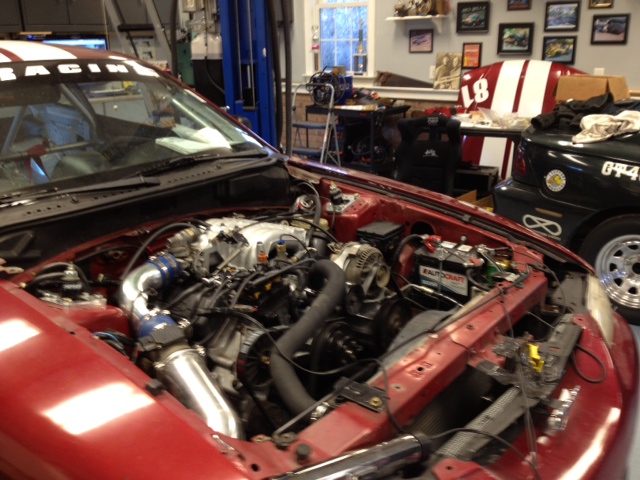

 Reply With Quote
Reply With Quote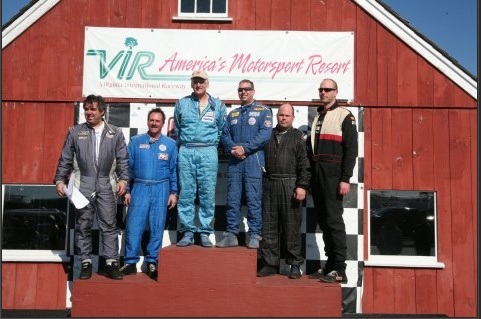
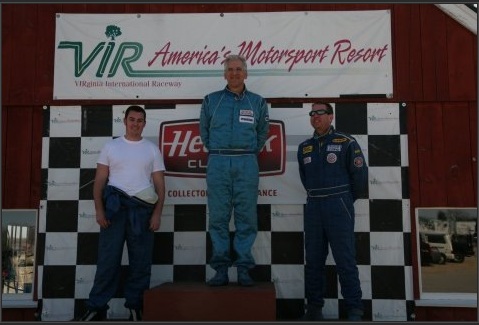
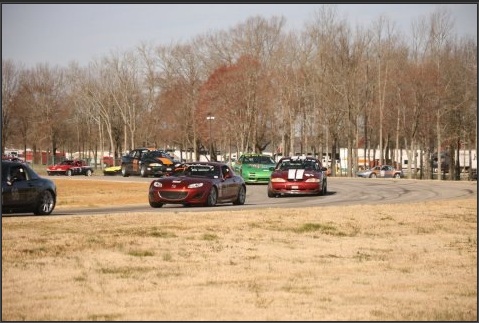
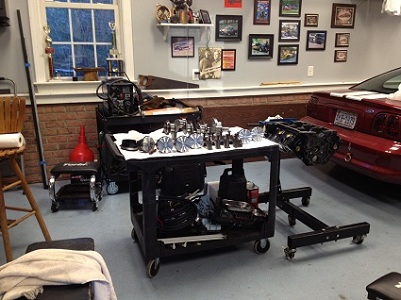
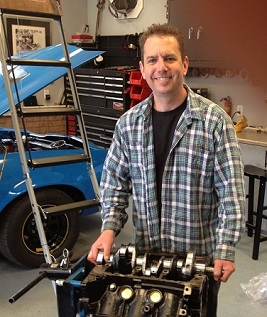
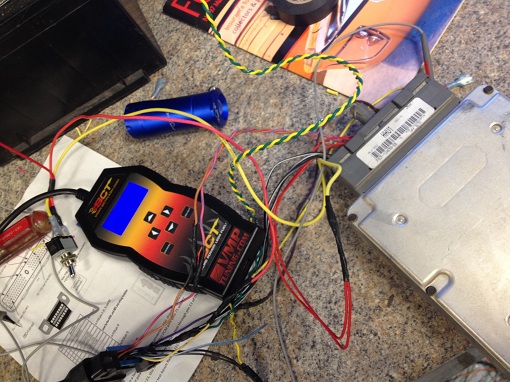
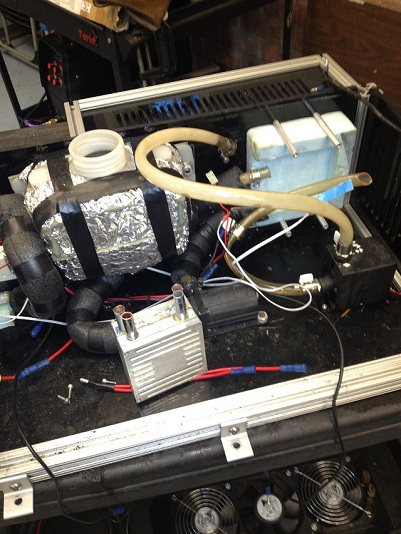
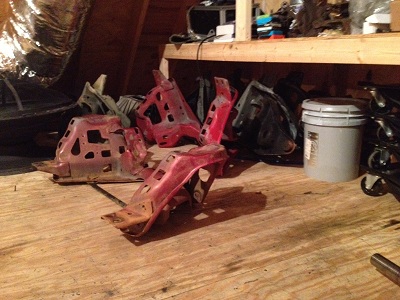
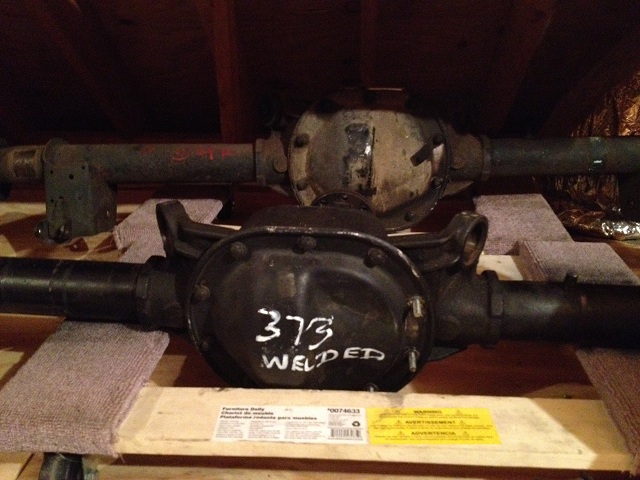
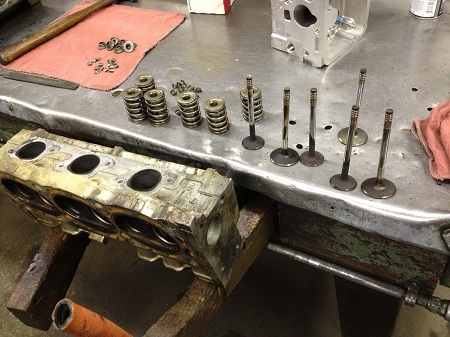
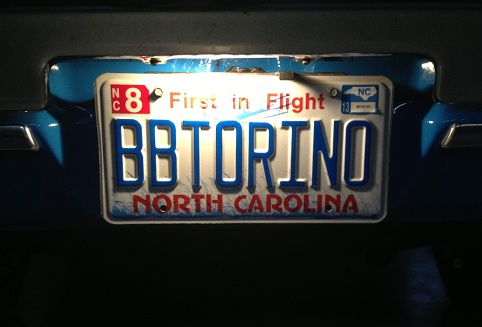



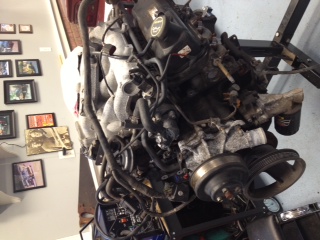
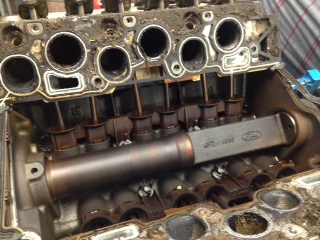





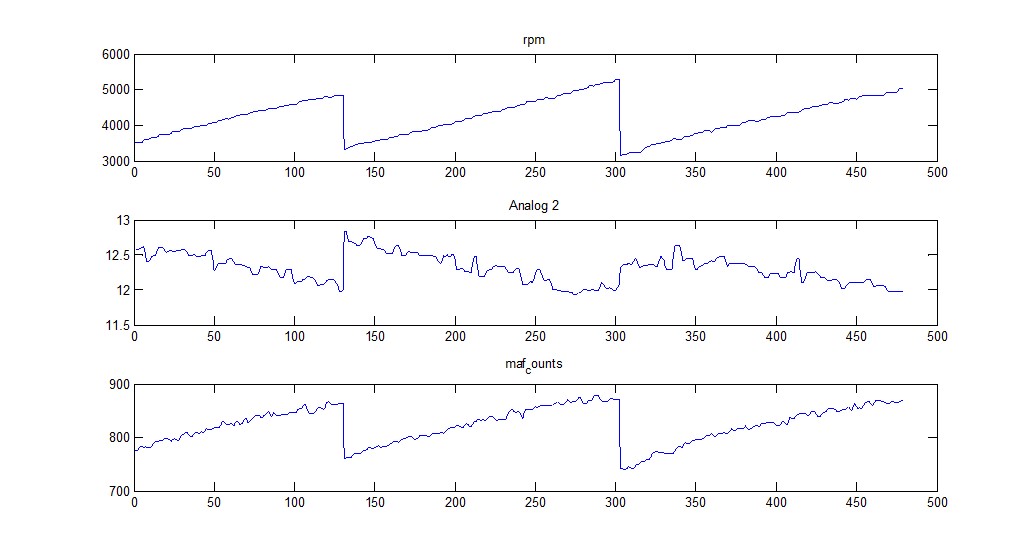



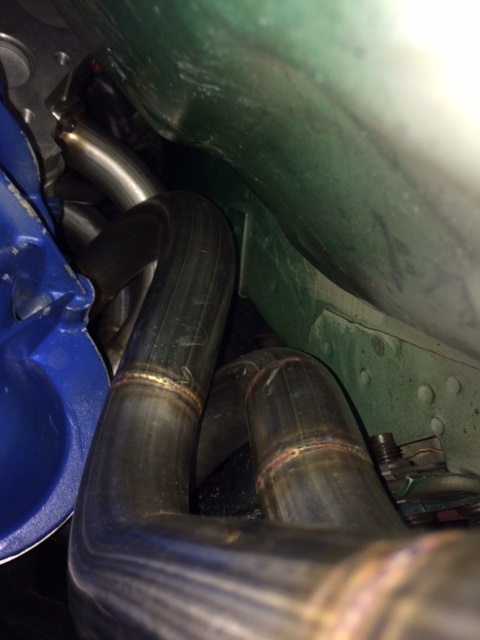
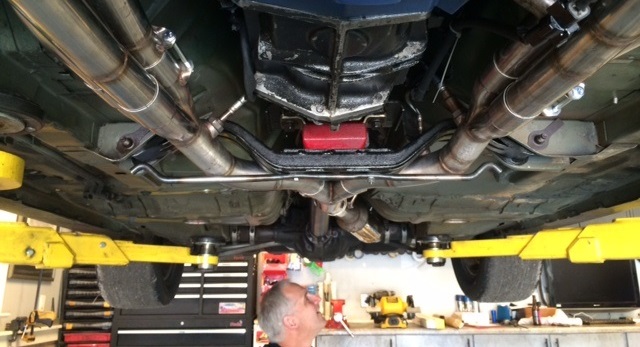

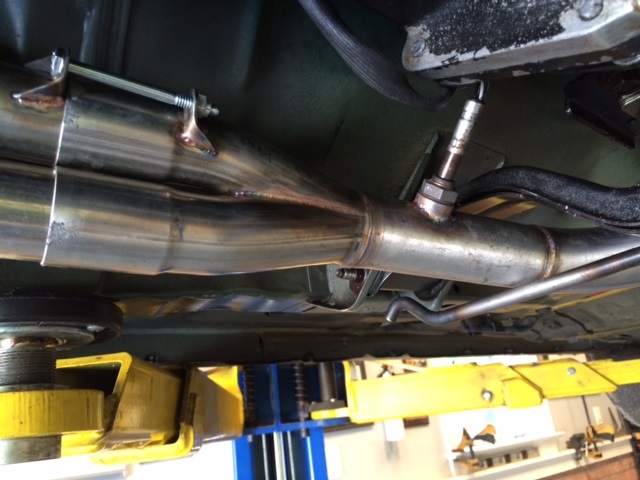

Bookmarks